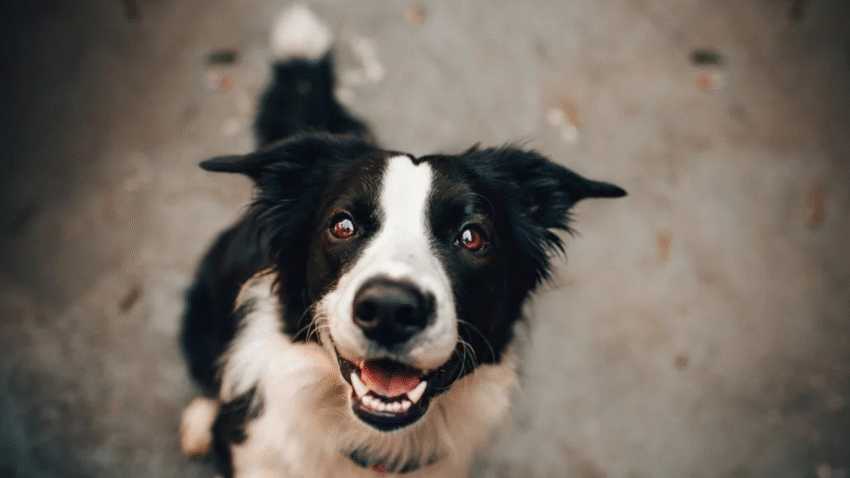Introduction
Does your dog seem hungry all the time—or barely touch their food? A consistent feeding schedule could be the solution. In this guide, you’ll learn how to create a feeding schedule for your dog based on age, size, and lifestyle. A solid routine not only helps with digestion and weight control but also creates structure and security in your dog’s daily life.
Why a Feeding Schedule Matters for Dogs
Dogs thrive on routine. Knowing when to expect meals helps regulate their internal clock, improves digestion, and prevents overeating or begging. Scheduled feeding also gives you better control over potty training, medication timing, and behavior.
Key benefits of a structured feeding routine include:
- Predictable bathroom habits
- Better portion control and weight management
- Easier detection of appetite or health changes
- Less stress and anxiety around food
Free-feeding (leaving food out all day) may work for some dogs, but scheduled meals are recommended for most.
Step-by-Step Guide to Creating a Feeding Schedule
Step 1: Determine the Number of Meals Per Day
- Puppies (under 6 months): 3 to 4 meals daily
- Adults (6 months to 7 years): 2 meals daily
- Seniors (7+ years): 1 to 2 meals, depending on health and appetite
- Small dogs may do better with 3 smaller meals, while larger breeds typically thrive on 2.
Step 2: Set Consistent Meal Times
- Space meals evenly, such as 7 a.m. and 6 p.m.
- Stick to the same times each day—dogs learn quickly and may even remind you!
- Align mealtimes with potty breaks or walk times when possible.
Step 3: Measure Food for Each Meal
- Use a standard measuring cup or digital scale.
- Divide the total daily amount (based on weight and age) across the number of meals.
- Adjust portions based on your dog’s body condition and energy level.
Step 4: Offer Meals for 15–20 Minutes
- Give your dog time to eat, then remove the bowl—even if food is left.
- This encourages regular eating habits and prevents grazing.
- Helps you detect appetite changes early, which may signal illness.
Step 5: Monitor and Adjust as Needed
- Watch for weight gain, loss, or signs of hunger between meals.
- Reassess schedule during lifestyle changes (e.g., after spaying/neutering, aging, or activity level changes).
- Make gradual adjustments—don’t change timing or portions drastically.
Common Mistakes to Avoid
- Inconsistent Mealtimes
- Feeding at random times causes confusion and may lead to stress or begging.
- Dogs do best with routine.
- Feeding Too Late at Night
- Late meals can lead to late-night potty trips or digestive discomfort.
- Keep the last meal at least 2–3 hours before bedtime.
- Free-Feeding in Multi-Dog Homes
- Free access to food can cause competition, overeating, or missed meals.
- Scheduled feeding helps manage behavior and fairness.
- Ignoring Sudden Appetite Changes
- A missed meal or sudden over-eating may signal a health issue.
- Monitor daily and talk to your vet if appetite shifts persist.
- Giving Treats Instead of Meals
- Too many treats can throw off your dog’s nutrition and hunger cues.
- Schedule treats like snacks—not meal replacements.
Extra Tips & Recommendations
- Use an Automated Feeder: Great for consistency if you’re away during mealtimes.
- Set Reminders on Your Phone: This keeps you accountable and helps form habits.
- Pair Meals with Calm Time: Avoid feeding right before high activity to reduce bloat risk in large breeds.
👉 Related Read: [How to portion dog food based on weight and age] (link to previous post)
Conclusion
A regular feeding schedule keeps your dog healthy, balanced, and emotionally secure. With just a bit of planning, you can build a routine that supports your dog’s digestion, behavior, and overall well-being. Stick to your plan, stay consistent, and enjoy the routine together.
🕓 Routine = reliability. Your dog will thank you for the consistency!
